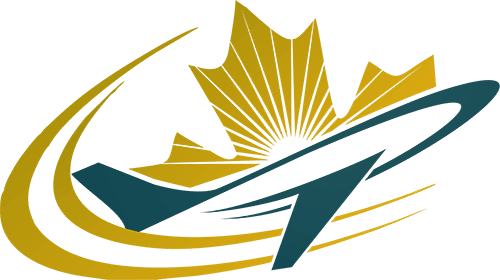What Makes a Good Flight Instructor?
A lot of students wonder what makes a good flight instructor. Even as flight instructor candidates begin their training following their commercial pilot license, they tend to reflect on past flight instructors without giving much though as to what they should or could be as professionals. Here is a non-exhaustive list of things flight instructors can do to be labelled as “good.” Some information was taken from the Flight Instructor Guide.

Ways to be a Professional
1) Don’t over-load your schedule, use reasonable times.
2) Have a standard dress code and never deviate from it.
3) Make a commitment to speak well, and avoid inappropriate topics at inappropriate times.
4) Commit to being 15- 30 minutes early for all bookings.
5) Don’t deal with others when your student is on the clock or waiting for you during THEIR booking.
6) Use a standard billing scheme, apply it fairly and consistently to ALL students.
7) Always give your students the attention they deserve, regardless of the situation.
8) Fully prepare for each lesson, especially before teaching a new topic.
9) All paperwork for your student needs your assistance.
10) Always use a training plan, and keep your student updated on their progress.
11) Carefully consider extra-curricular and on-line activities with students.
12) Always ask yourself, “what is best for THIS student?”
A CHECK LIST FOR GOOD INSTRUCTION
Each Instructor Should:
1. Tell the students specifically what is required of them during the lesson and at the end of the lesson (the “what” of the introduction).
2. Identify the main teaching points for the student by:
- (a) using visual support (i.e. chalkboard, orientation board, or other visual aids); and
- (b) verbally referring to the visual aids.
3. Tell the student the purpose of the lesson and stress the advantages of the new knowledge or skill (the “why” of the introduction).
4. Tell students where the lesson fits into the overall picture.
5. Relate the lesson to past and/or future experiences of the student (the “where” of the introduction).
6. Confirm that students are at the required level before having them learn new material.
7. Present the new material in stages (a stage should normally be 8-12 minutes duration).
8. Introduce each stage of the lesson and provide a link or bridge between stages.
9. Obtain student feedback throughout the lesson by:
- (a) asking questions;
- (b) observing student performance of a skill;
- (c) looking at students (watching for facial expressions); and
- (d) student questions.
10. Respond to feedback by:
- (a) answering questions;
- (b) stopping students doing a step of a skill incorrectly;
- (c) reviewing material or steps;
- (d) asking questions;
- (e) correcting the student if an error has been made;
- (f) explaining why the student’s performance is incorrect;
- (g) using verbal support;
- (h) re-teaching (if necessary); and
- (i) praising students for good work.
11. Appear enthusiastic about the subject being taught.
12. Use speech variation in rate, volume and pitch. 3
13. Have students answer questions related to the objective(s) for the lesson during the presentation of new material.
14. Use correct questioning techniques.
15. Use a variety of training aids to appeal to as many senses as possible whenever these aids contribute to achieving of the objective(s) of the lesson.
16. Provide sufficient meaningful practice of the main points of the lesson so that students confidently achieve the objective.
17. Allot time relative to the importance of the teaching point.
18. Identify and correct errors or mistakes made by the students at the time they occur or as soon thereafter as practicable.
19. Use clearly worded explanations.
20. Deliver the lesson in a logical sequence.
21. Have students carry out speed and/or ability competitions during latter stages of practice, if suited to the objective(s).
22. Conduct periodic reviews of critical areas of the lesson.
23. Summarize the main points of each stage.
24. Confirm student learning at the end of each stage.
25. Test students on the main points of the entire lesson towards the end of the lesson.
26. Provide a final summary that links all stages to the objective(s) of the lesson.
27. Re-motivate students by telling how the new knowledge or skill will benefit them.
Discover more from Canadian Flight Trainers
Subscribe to get the latest posts sent to your email.


